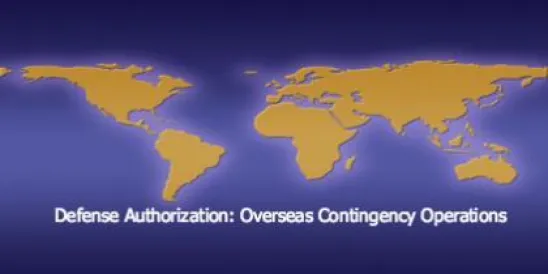Trade ministers from 12 Pacific Rim countries announced, on October 5, 2015, that they had reached an agreement in principle on the Trans-Pacific Partnership (TPP). The TPP would arguably be the largest free trade agreement in history when considering the member economies, covering approximately 40% of the global economy. The deal, reached in Atlanta, GA, is a victory for President Obama, who has championed the agreement as a vehicle for opening new markets to American products and establishing higher labor and environmental standards, while building an economic bloc in the Asia-Pacific region to compete with China. (See the White House Fact Sheet here.) Once the last of the details are fully ironed out, the agreement must then be individually approved by each of the 12 countries: Australia, Brunei, Canada, Chile, Japan, Malaysia, Mexico, New Zealand, Peru, Singapore, the United States, and Vietnam.
After President Obama formally presents the deal to the U.S. Congress, lawmakers will have 90-days to review and approve it before the President (and Parties) are required to sign the agreement. The debate will be contentious, with a bitterly divided Congress voting on the final agreement in early 2016 – well into the election year as presidential primary elections are taking place. Lawmakers on both sides of the aisle had already expressed skepticism of – if not outright opposition to – the deal before Monday’s announcement. The underlying fast-track trade authority bill passed under very tight margins last spring, and Republicans in the House will be operating under new leadership after they replace Speaker John Boehner (R-OH),who announced he will resign from Congress this month.
Although some members of Congress have already released statements opposing the deal, lawmakers will have plenty of details to sort through before they vote on the agreement next year. Based on preliminary reports of the agreement, below is a summary of some of the more contentious issues that the ministers worked out over the weekend.
Currency Manipulation Not Included
As we noted in an earlier blog post, China’s currency devaluation in August sparked a fight over whether to include currency manipulation controls in global trade agreements. Those kinds of currency rules are not going to be part of the final TPP agreement, but the U.S. and TPP partners continue to negotiate a side deal under which participating nations would pledge not to devalue their currency to gain a trade advantage.
The auto industry has been most concerned about currency devaluation, which can make foreign competitors’ vehicles cheaper than American cars. Ford Motor Co. immediately urged Congress to renegotiate the agreement on this point. Other provisions on the auto and auto parts industry remain contentious.
Can Labor-friendly Provisions Sway Some Democrats?
Labor unions in the U.S. have been staunchly opposed to the TPP and have put significant pressure on congressional Democrats to oppose it. However, the Obama administration is hoping some labor-friendly provisions may attract some additional support on the left. Part of the deal includes provisions aimed at improving labor practices in developing nations, such as requiring Vietnam to allow independent trade unions and pressuring Malaysia to crack down on human trafficking. The deal also includes a provision to protect member countries’ authority to enact tobacco control measures, which may gain some supporters on the left, while isolating some on the right.
Compromise on Biologics Results in Five to Eight Years’ Exclusivity
U.S. pharmaceutical companies reportedly wanted the deal to include 12 years of data exclusivity protection for biologic drugs, but the final deal allows for only five years’ protection, plus the possibility of additional time (up to three more years) under two options that countries could choose. Australia’s representatives had insisted on five years’ exclusivity, and reportedly had support from other countries, including Chile and Peru, whose representatives were concerned about increasing the price of drugs through long exclusivity periods.
Countries Open Up Dairy Markets Under the Deal
Canada and Japan agreed to increase access to their tightly-protected dairy markets, and the U.S. agreed to accept more milk products from New Zealand. Details of the dairy provisions were not widely reported on Monday, but reactions from industry groups so far have been tepid. Congress members from American dairy-producing states are concerned the deal may require US producers to give up more in sales than they gain in exports.



 />i
/>i

